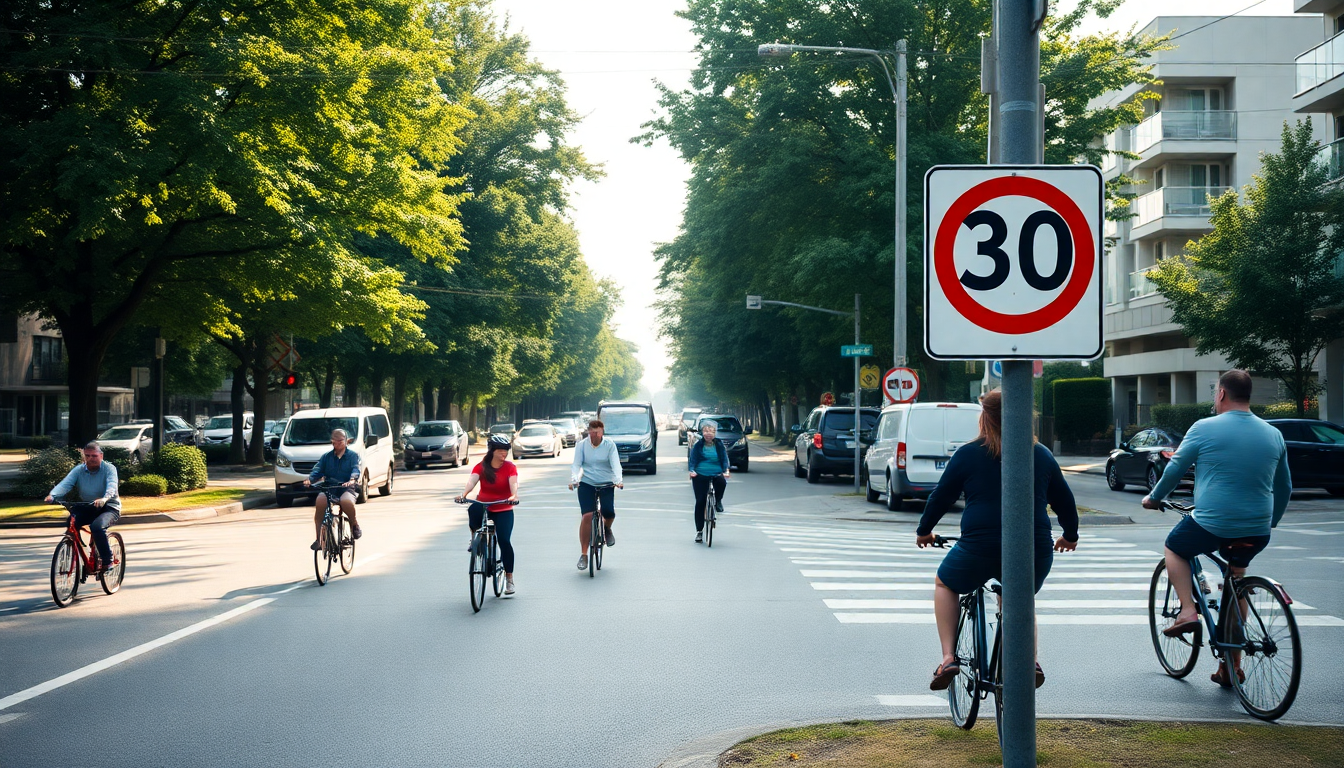Table of Contents
Have you heard about the City of Vancouver’s latest move to make our streets safer? They’re considering a big change: slashing the speed limit on minor streets from 50 km/h down to just 30 km/h. This initiative isn’t just a random idea; it’s part of a broader mission to boost public safety, inspired by successful traffic safety programs from cities around the globe. The city council is gearing up to discuss these recommendations, showing a strong commitment to adopting measures that could dramatically cut down on road fatalities and injuries.
Understanding the Vision Zero Strategy
So, what’s driving these proposed changes? It all ties back to the **Vision Zero** strategy, which began in Europe and aims to completely eliminate fatal crashes and injuries through thorough traffic safety reforms. Newly elected councillor Lisa Maloney is a big supporter of this strategy. She’s not just pushing for lower speed limits; she’s also advocating for various traffic calming measures. Imagine speed bumps, raised crosswalks, and narrower lanes—all designed to make life easier and safer for pedestrians and cyclists.
Maloney points out that visibility at intersections is crucial. By reducing visual obstacles, everyone on the road can better anticipate each other’s movements. This forward-thinking approach is vital for creating a safer environment. She’s hoping for a unanimous vote from the council, reflecting a shared commitment to prioritizing road safety and backing staff initiatives aimed at reducing traffic-related harm.
And she’s not alone in this endeavor. Councillor Pete Fry has been championing these changes for quite some time. He draws comparisons with cities like New York, Portland, and Seattle, where lowering speed limits on residential streets has led to a significant drop in traffic injuries. Fry emphasizes the stark difference in injury risk depending on speed; the chances of severe injury or death when hit by a vehicle going 50 km/h are a staggering 80%. But at 30 km/h, that risk plunges to around 10%. Who wouldn’t want to make those numbers work in our favor?
Financial Considerations and Implementation Strategy
While these proposed speed limit changes could save lives, the councillors recognize that implementing them will come with a price tag. The report for the upcoming council meeting suggests a phased approach, starting with the creation of 25 neighborhood slow zones, estimated to cost around $350,000. If the council gives the green light, the total cost of installing signage for these slow zones across the city could reach about $14 million over the next three years.
This gradual implementation plan is designed to be budget-friendly. Instead of spending big bucks on consultations, the city will leverage existing data to ensure these changes are both effective and economically sound. It’s essential for city officials to clearly communicate the reasoning behind these expenses to win public support and ensure successful adoption of these vital safety measures.
Looking Ahead: The Future of Road Safety in Vancouver
The discussion around speed limit reductions in Vancouver is part of a larger movement towards prioritizing pedestrian and cyclist safety in urban planning. As cities face growing traffic and safety concerns, strategies like Vision Zero can lead to transformative changes in road design and usage. By focusing on lower speed limits and enhanced safety measures, Vancouver could pave the way for other cities to follow suit.
In conclusion, the proposed changes to speed limits mark a significant leap towards improving road safety in Vancouver. The emphasis on community engagement and reliance on successful strategies from other cities highlight a thoughtful approach to urban safety. As discussions move forward, let’s hope these measures not only gain the necessary council support but also help cultivate a culture of safety that prioritizes the well-being of everyone on the road.


